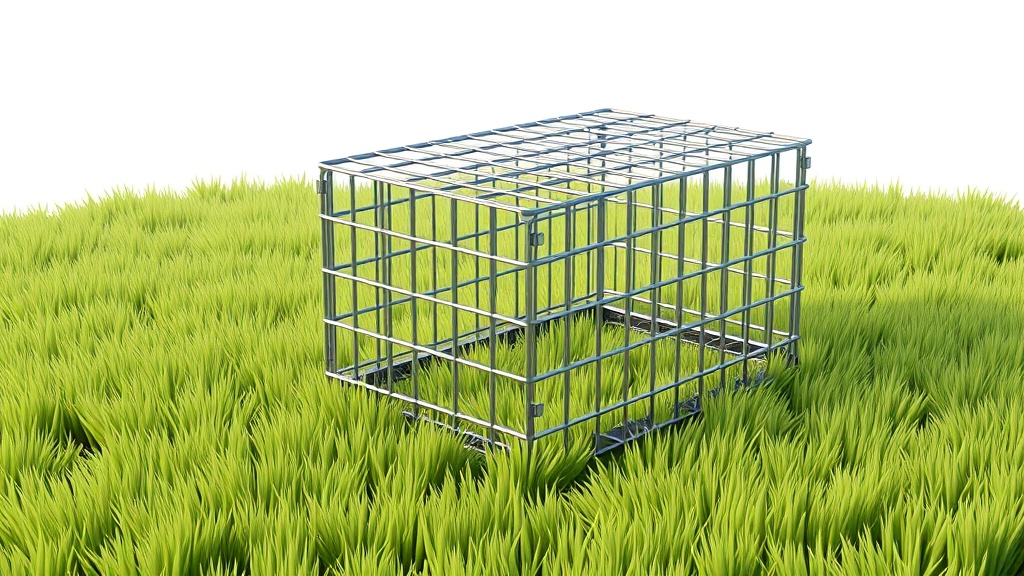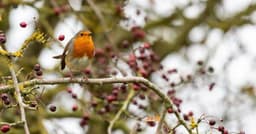Home / Environment / Cutting-Edge Tech Helps Eradicate Stoat Threat to Orkney's Rare Birds
Cutting-Edge Tech Helps Eradicate Stoat Threat to Orkney's Rare Birds
18 Oct
Summary
- Stoats pose existential threat to Orkney's native birds
- AI-powered cameras and trapping teams deployed to detect and eliminate stoats
- Project has led to 1,267% increase in curlew hatchings, 218% rise in vole activity, and 64% increase in hen harriers

In October 2025, Orkney's conservation efforts to protect its rare native birds from an invasive stoat population are showing promising results. For the past six years, the Royal Society for the Protection of Birds Scotland has been leading a major project to eliminate the stoat threat, which arrived on the islands around 2011 and has since spread rapidly.
The project has deployed a range of advanced technologies, including an artificial intelligence system trained to detect stoats' sinuous movements, thermal cameras that can spot them even in the dark, and a network of over 9,000 lethal traps. Specially trained detection dogs have also been used to help locate the remaining stoats.




